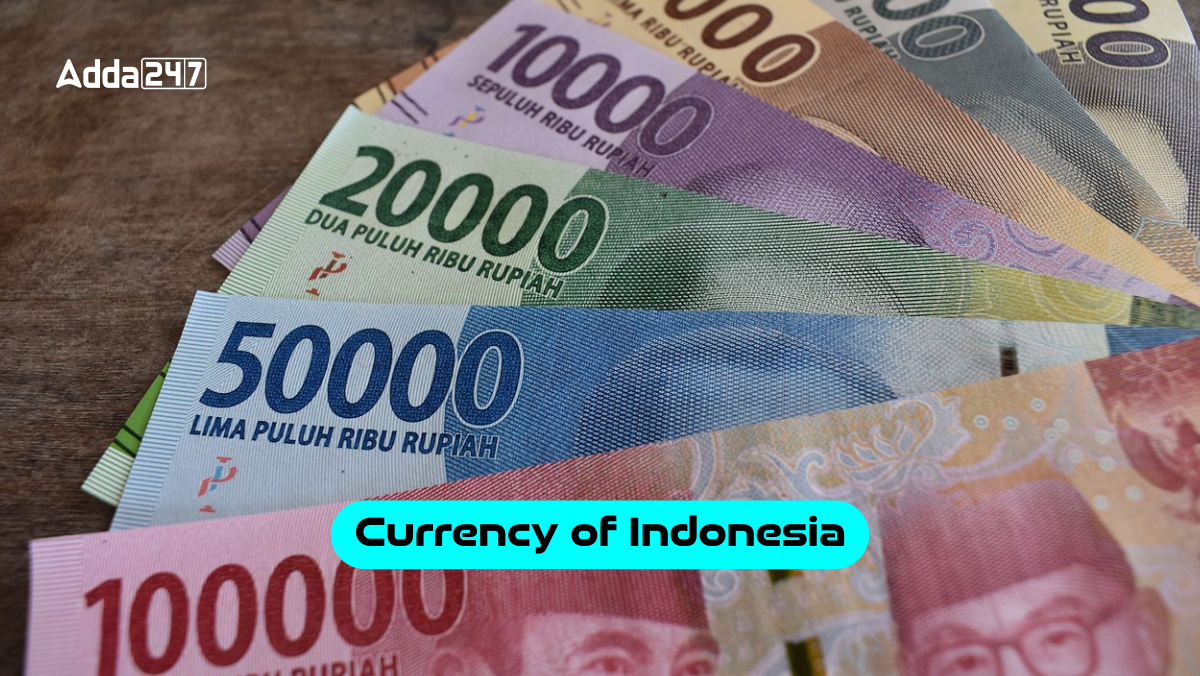The official currency of Indonesia, the Rupiah, plays a crucial role in the country’s economic evolution. From its establishment in 1949 to the 1965 value reformation, the Rupiah mirrors Indonesia’s intricate path toward economic stability, marked by highs and lows.
Currency of Indonesia – History
Before the Rupiah came into circulation, Indonesia used the Indonesian Dutch East Indies guilder as its official currency during the colonial period. However, in 1949, as the nation gained independence, the Rupiah was introduced as the official currency of Indonesia. This move symbolized Indonesia’s newfound sovereignty and economic dependence.
Indonesia’s Currency – Initial Challenges
In the early years, the Rupiah faced substantial depreciation, making it a challenge for the fledging nation to maintain economic stability. The 1950s saw the currency losing value significantly, necessitating a major monetary reform.
The 1965 Reform
In a bold step towards economic reform and stabilization, the Indonesian government decided to issue a new Rupiah in 1965. This reformation involved a drastic change in the value of currency, with an exchange rate of 1,000 old Rupiah for 1 new Rupiah. This move aimed to counter hyperinflation and stabilize the nation’s currency.
Denominations of Currency of Indonesia
The modern Rupiah is issued and regulated by the Central Bank of the Republic of Indonesia (Bank Sentral Republik Indonesia). It features both banknotes and coins with a wide range of denominations:
- Coins: Rupiah coins range from 25 to 1,000, catering to various daily transactions.
- Banknotes: Banknotes come in denominations ranging from 100 to 100,000 Rupiah, allowing for transactions of varying values.
Prominent Figures on Banknotes
The obverse side of Indonesian banknotes typically features notable historical figures who have made significant contributions to the currency of Indonesia. These individuals are:
- Ki Hadjar Dewantoro (20,000 Rupiah Note): Founder of the Taman Siswa educational system.
- Tjut Njak Dhien (10,000 Rupiah Note): A prominent figure in the fight against Dutch colonization in the early 20th
- Thomas Matulessy, also known as Kapitan Pattimura (1,000 Rupiah note): Led a rebellion against the Dutch in the Moluccas in the 1810s.
Cultural Symbols of Currency of Indonesia
Currency of Indonesia incorporates a wealth of cultural symbols and imagery, offering insight into the nation’s history and diversity. Some recurring motifs on the Rupiah banknotes include:
- National Heroes: Prominent national heroes and leaders often grace the banknotes, such as Sukarno and Hatta, who were instrumental in the country’s fight for independence.
- Cultural Icons: Indonesian banknotes also showcase the nation’s rich cultural heritage. For instance, the reverse side of the IDR 20,000 note features the Toraja traditional house and the IDR 50,000 note displays an image of an ancient Borobudur temple.
- Natural Beauty: The country’s breathtaking landscapes and wildlife are also celebrated, with the IDR 100,000 note depicting a Javan hawk-eagle and the world-famous Komodo Dragon.
Security Features of Currency of Indonesia
Indonesia, like many other countries, takes the security of its currency seriously. To combat counterfeiting, the Rupiah features an array of security measures:
- Watermark: Each banknote is embedded with a watermark image of the national emblem, the Garuda Pancasila, which is visible when held up to the light.
- Holographic Strip: Higher denomination banknotes, such as the IDR 50,000 and IDR 100,000, come equipped with a holographic strip for added security.
- Color-Shifting Ink: Some Rupiah banknotes have color-shifting ink, where the color of certain parts of the note changes when titled.
- Security thread: A security thread is embedded within the banknotes, containing microprinting and unique patterns, making it difficult to counterfeit.
Find More General Studies News Here




 Which City is known as the Christmas Cap...
Which City is known as the Christmas Cap...
 Auroville Foundation May Gain Institutio...
Auroville Foundation May Gain Institutio...
 Elon Musk Becomes First Individual to Re...
Elon Musk Becomes First Individual to Re...







